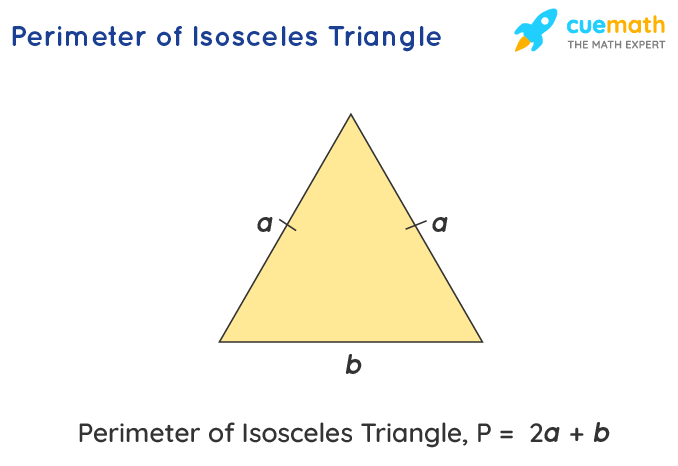How To Create An Online Course In 10 Steps: Are you one of those who master a subject very well and have experience in your field?
Have you managed to overcome a difficult situation and want to tell the world how you did it?
Has it been difficult for you to learn a specific topic or did you think that you were not going to be able to develop any skills to carry out a project but you still overcame all obstacles and succeeded?
If you feel identified with any of these 3 situations, then you already have the main ingredient to have training and learn how to create an online course:
But you well know that contained passion can end up causing you discomfort. You have to let off steam and the best way to transmit and use that passion in a positive way is to create a course that helps other people improve that specific aspect that you have already mastered.
In a nutshell, turning your passion into an online course is your opportunity to build a strong community, inspire trust and credibility while generating income.
Imagine that a course is like a big congress and you are one of the invited speakers.
The lessons and topics represent the lectures. That crucial moment, that one chance where you have to do your best and make attendees leave feeling that they have invested their time and money well.
Now, so that you stop imagining it and rather live it in your own flesh.
FOLLOW THESE 10 STEPS ON HOW TO CREATE AN ONLINE COURSE.
#1 CHOOSE THE SUBJECT OF YOUR COURSE
It seems obvious, but sometimes so many topics run through your head that you don’t know which one to choose or you think that if you don’t have a formal degree in the topics that interest you, no one is going to buy you a course.
The fundamental thing is that you think about what you are most passionate about and if that passion is accompanied by training, experience and permanent learning, then you already have a theme.
But surely you think that something more than passion is needed because there are people who can be very passionate about doing sports, but nobody would hire a coach who does not have a minimum of training, unless that passionate person takes a course on “How to motivate yourself every day to train and exercise.
Ultimately, choosing the topic of your course is an exercise in hindsight . You have to look within your own life experience and analyze what you are good at, what you have accumulated more experience with, what topics excite you and make you vibrate.
#2 RESEARCH THE MARKET
Once you have decided on a topic, it is time to carry out market research so that you are clear about how much demand there is in relation to your topic.
Competition, too, is key in this research. Check social networks and see which are the best positioned web pages and blogs so that you find an element that differentiates you from others or consider important aspects that are being overlooked.
If while you check your Instagram account you come across several advertisements of people promoting courses like the one you have in mind, it is a good sign because it shows you that there is a market eager for answers, solutions and information related to your course.
If you find that your topic is well positioned, that many people are talking about it and that there are others like you selling similar courses, cheer up. That means you are more likely to make your course a success because many people are going to be interested in buying it.
If, on the other hand, you find that there is no similar course on your topic, it means that there are no people willing to buy it or the market is not ready for a topic like the one you have planned.
Although in any case, what works best to determine the success or failure of your course I tell you in point #6.
#3 DEFINE YOUR BUYER PERSONA
Who are your potential buyers?
Who is your ideal client?
These are fundamental questions to start selling something, no matter if it is courses or aromatic herbs.
The Buyer Persona is a semi-fictional representation of that person who perfectly represents that large segment or target audience to which you want to offer your course.
To be more exact, it consists of you completing a template or profile in which you answer a series of questions that will help you describe and give an identity to your ideal client.
With this exercise you will feel that you know your ideal client better than yourself.
And this is effective if you want your potential clients to feel that your course is specially designed to help them solve their problems.
#4 FOCUS ON THE BENEFITS
To sell your course you should not focus too much on your course or on you
Your task is to focus on the benefits and on that problem you solve.
- How is your course going to make life easier for people?
- What improvements will they experience?
- What skills will they acquire?
In short, your future students must be clear about what they are going to win and obtain with your course.
#5 CREATE THE TABLE OF CONTENTS OF YOUR COURSE
A course is made up of modules or units that include topics or lessons.
You must have this basic structure clear as a spring of crystal clear water in your head.
The syllabus or the contents that the course contains is the second most powerful reason why they will be motivated to enroll in it. The first is the benefits.
The syllabus is the backbone of your training course because from this it will be easier for you to organize yourself and advance in offline production.
#6 VALIDATE YOUR COURSE
This step is linked to the two previous points (point 4 and 5) because you will need them to implement the method that will help you determine exactly whether or not it is worth investing time in developing your course.
The method consists of a pre-sale for which you need a landing page where you indicate the content index that will be part of the training, the exact date the course starts and a “buy now” button.
From the benefits you are going to structure and write your marketing messages and the content index is the starter with which you are going to finish whetting the appetite of your future students.
If you get a minimum of students enrolled or if you exceed your expectations, then you already have a launch date to deliver your course to those first students.
#7 MAKE AN ACTION PLAN
With the table of contents ready, it is only a matter of determining what actions and activities you have to carry out so that each module and its topics are developed correctly and without losing your mind.
For example, imagine your course is on “Smart Nutrition for Athletes.”
The first module is called: “Know the macronutrients”
And the first topic of module 1 is: “Proteins”.
To develop this theme, you might consider doing an interview with an athlete and their sports nutritionist so that they can comment on their experience and eating plan.
The serious action: interviewing
Activities: make an appointment, location, production teams, prepare a questionnaire…
In this step you have to define a detailed plan so that you are not taking blind steps, you can be more efficient and optimize time better.
#8 DEVELOP ALL CONTENT THAT IS NOT IN VIDEO FORMAT
Following your action plan, it is time to get down to work. Or rather, fingers to the keyboard.
Time to produce the content consisting of texts or images.
- Presentations.
- Work guides.
- Recommended reading.
- Success stories.
Organize all the material in the appropriate formats.
Remember to develop all your offline content following the order of your content index and your action plan so you don’t get lost.
In short, no one knows better than you what resources you need to teach and transmit your knowledge.
#9 TIME TO GET IN FRONT OF THE CAMERA AND TEACH
Once you have developed all the content in text format, slides, PDF… the best part comes.
Stand in front of the camera and start teaching your classes. Then in the edition you highlight keywords, add images or slides (which you already have previously done) that reinforce your speech and your explanation.
All topics must contain an explanatory video and each module an introductory video.
Your students want to see how you master the subject and they want to connect with you.
#10 SOLVE THE TECHNICAL PART
What platform are you going to use for your students to access the full course?
Do you have to hire someone or are you going to do it yourself?
Providing high-value content and a great user experience is what you need to buy all the other courses you have in mind.
Don’t get bogged down at this point and don’t let your head get confused because technology isn’t your thing. I can help you with my 7-day method in which I teach you step by step how to set up a professional school in WordPress.
DOMINATE POINT #10
If you have reached point 10, you realized that there are two moments in which some extra knowledge intervenes that you must master or seek an expert.
The first moment (point 6, “validate your course”) is to pre-launch your course with a sales funnel that helps you get those first students.
The second moment is point #10.
You can do all the other points with your own resources, do not look for perfection or have the best camera or light for your videos.
Start with what you have on hand. Surely your content will be so good and will add so much value that it will not matter if you do not have LED cameras or a ring of light that beautifies your face.
Stop procrastinating and do the points that you master to the fullest and if you want to master point 10 and do it all yourself, click on the link and find out all the details.









